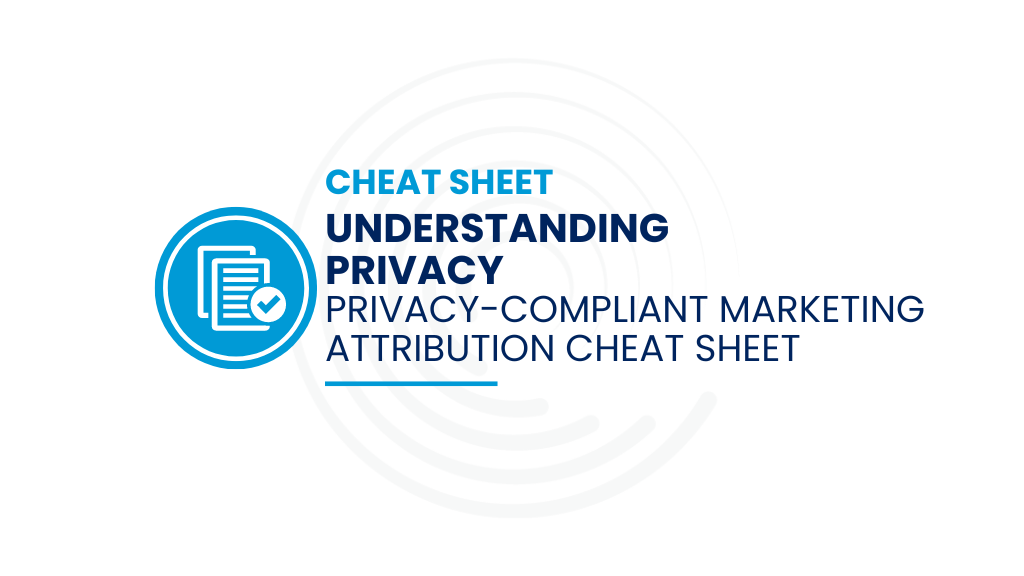There’s no question that marketing technology has completely transformed the way B2B marketers do their jobs, but martech keeps evolving. Sometimes it changes in response to new technical capabilities or to accommodate marketing trends. Other times, external circumstances are the change agent. The pandemic is an example of the latter — it prompted an abrupt shift to digital channels.
Martech can evolve in unexpected ways. In 2020, the push for digital outreach was the overriding driver. That continued in 2021 as marketers looked for better methods to refine campaigns and measure results. What will 2022 bring? As baseball great Yogi Berra said, “It’s tough to make predictions, especially about the future,” but here are three trends to watch in 2022:
1. ABM 2.0: The first iteration of account-based marketing (ABM) gained traction around the mid-2010s. Marketers adopted it as a way to move from general campaigns toward a targeted outreach strategy to get the company’s message in front of the right people.
The concept worked when the target audience was small and well-defined enough to allow marketers to experiment with personalization. But scaling up the approach using the technology available at the time quickly got too expensive. Now technology has caught up, and marketers can more easily personalize outreach to named accounts using intent data.
We’re seeing a growing interest in the granular measurement of these efforts, which is why Full Circle and our customers are building new ABM-oriented dashboards. Although the term “ideal customer profile” (ICP) often refers to individual personas, you can also think of it as an organization in the ABM context. In ABM 2.0, B2B marketers identify ICP organizations, generate lists of people with the appropriate titles inside the CRM, leverage intent data, and track lead activity as new prospects emerge and others fall off.
With CRM as a single source of data truth, marketing can accurately measure how their ABM campaigns are working and coordinate more closely with the sales team. Just as with other types of marketing strategies, this enables more efficient campaign investments by showing what works best and improves process efficiency by highlighting sales-marketing bottlenecks.
2. Click-to-close: B2B marketers’ burgeoning interest in tools to connect clicks to closed/won business will continue to grow in 2022. During the pandemic, when it was no longer possible to hold the live events many B2B companies depended on for leads, marketers got better at digital marketing out of necessity. Now they’re ready to take the next step.
Marketers want to know how a click on a digital ad, social media post, email, etc., connects to pipeline and revenue. Digital ad platforms provide some insight in terms of engagement (i.e., downloads, etc.), but only up to the point where the prospect completes an online form. Marketers need to get beyond that and understand how digital ads influence and drive revenue.
Full Circle’s Digital Source Tracker can provide much-needed clarity by connecting data from digital marketing tools to the CRM. This enables B2B marketers to identify the channels, programs, vendors, etc., that drive revenue. It also enables marketers to analyze digital and offline campaigns on the same platform, which will be increasingly important in 2022.
3. Tech stack consolidation: According to Scott Brinker’s annual marketing technology landscape roundup, there are more than 8,000 martech solutions available today, up from about 150 when he started tracking them in 2011. That’s a lot of growth. But while martech is essential, some marketers are finding that there can be too much of a good thing.
In 2022, look for B2B marketers to consolidate their tech stacks. The pandemic has changed the way marketers do their jobs in a permanent way, but 2022 will surely be the year that B2B companies start adding in-person events back into the mix in greater numbers. That means marketers will need a way to easily capture and analyze metrics for digital and non-digital campaigns.
As marketing strategies get more focused, that may inspire consolidation too, as B2B marketers realize that sometimes less is more. That’s especially true if a streamlined toolkit enables better focus and facilitates clearer measurement.
If there’s a common theme in these three trends, it’s a search for clarity. Marketers will look to ABM 2.0 to help them focus on the right customers. They’ll seek better ways to measure digital marketing’s impact, looking beyond form completion to zero in on pipeline and revenue. And they’ll look for better ways to analyze and compare results for both digital and offline campaigns, using the one platform that is best positioned to serve as a single source of truth for marketing and sales: the CRM.




